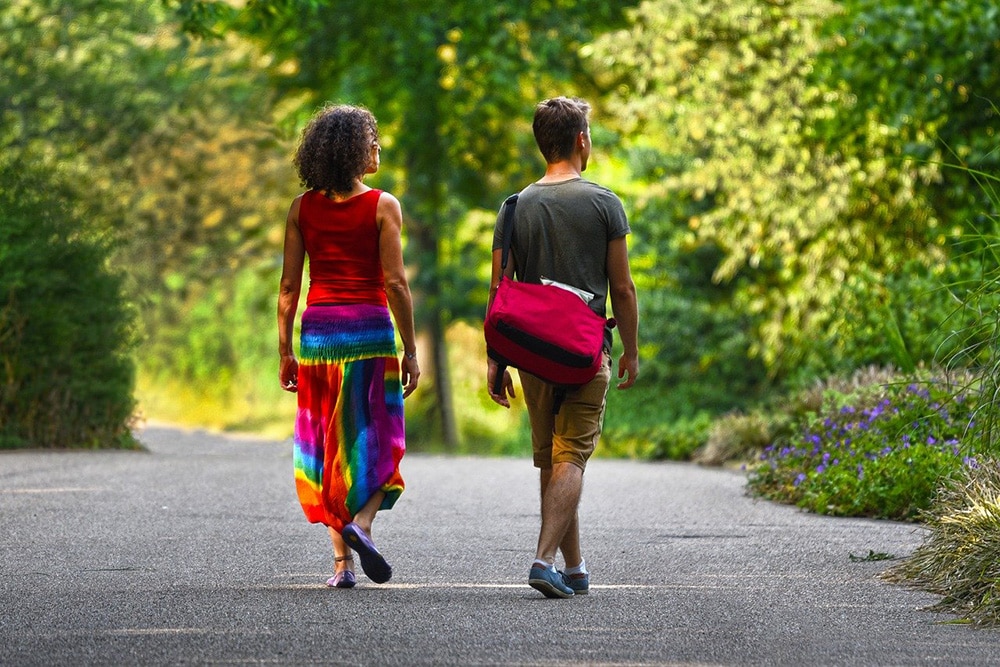Raise your hand if you feel like escapism. I imagine a wave of hands rising upward as if they wanted to grab a balloon that would drag them away from the static landscape that for the past year has become the backdrop of our everyday life. Too long we have been stationary, glued in front of our PCs and tablets where, for months, we have transferred all our sociality, daily and insistently prompted by notifications, workshops, meetings, aperitifs and family gatherings. Lots of stuff but all within the four walls of home and, often, in solitude. There is a need for movement, for wide horizons, for breathing new air and getting lost again in the fervid colors of landscapes. There is a need to give space to feelings, to emotions, to value our time. There is a desire for freedom and change, even in travel. Assemblages and social distancing are the words that keep resonating in our minds, and here is where fear and uncertainty teach us how to change travel and, with some amazement, we discover that travel can change us. No more tourist destinations taken by storm, no more crowded beaches or nightclubs and buffet aperitifs.
Travel becomes slow, conscious and emotional. A form of tourism that starts from our truest needs, that promotes quality and experience, the exchange between host and guest, thanks to a slow pace, in search of authenticity and human contact. Reconsidering our travel model, listening to our desires in the selection of destinations, allowing ourselves to be contaminated by the cultures we encounter, we return to direct contact with nature and with our most intimate part that never as much as today is looking for moments of high emotional impact as only a sunset, a breathtaking view, a discovery, an authentic experience can give us. Traveling slow means changing our point of view, respecting the nature that welcomes us, experiencing indelible sensations that touch the heart, getting back to breathing life at the top of our lungs, and letting the journey restore our ability to amaze and excite us.



